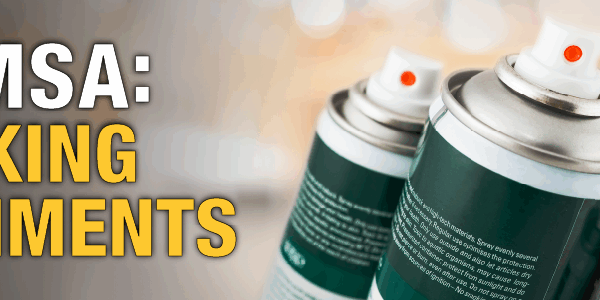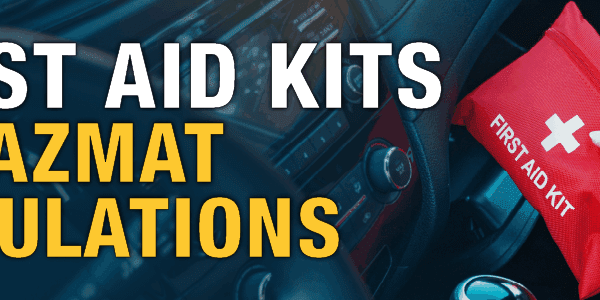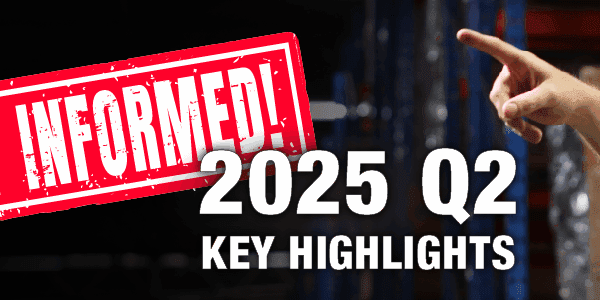
Lithium Battery vs. Lithium Cell: What’s the Difference?
Lithium batteries are a common material found in transportation of hazardous materials/dangerous goods. But to ship them properly, you’ll need to know if you have “cells” or “batteries.” This can seem confusing at first – aren’t they all batteries? Even the regulations will use shipping names such as “Lithium-ion battery” to cover both cells and batteries.
But while in some areas the terms “battery” and “cell” are often used interchangeably, they have distinct meanings. Understanding the difference is crucial if you’re trying to transport these items, or electronics containing lithium-based power sources.
What Is a Lithium Cell?
A lithium cell is the fundamental unit of a lithium-based energy storage device. It consists of an anode (typically made of graphite), a cathode (commonly lithium cobalt oxide, lithium iron phosphate, or similar materials), and a lithium-ion-conducting electrolyte. When connected to an external circuit, a chemical reaction within the cell generates an electric current. Compared to other cells, lithium cells can hold a lot of energy and have a long life.
Cells are usually rather small units, such as AA or AAA cells, or so-called “button” or “coin” cells. They normally have a low energy capacity – a typical lithium-ion cell has a nominal voltage of about 3.6 to 3.7 volts, depending on its chemistry.
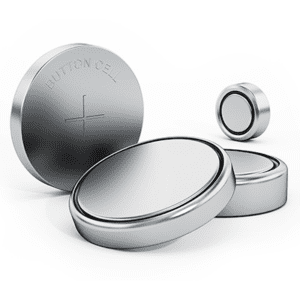 Figure 1 – Two button cells
Figure 1 – Two button cells
Lithium cells are generally categorized as:
- Primary Lithium Cells: These are non-rechargeable and designed for single use. Examples include lithium-thionyl chloride and lithium-manganese dioxide cells. These are your typical cells that you put into a remote control or digital camera and send out for recycling once their power has been drained.
- Secondary Lithium Cells: These are rechargeable and used in a wide range of applications. Common examples include lithium-ion and lithium-polymer cells. Rechargeable lithium cells are expensive but can be cost-effective if you need to run small devices repeatedly. They’re great in areas where it’s hard to purchase primary cells, so they’re popular with travelers.
What Is a Lithium Battery?
A lithium battery is a collection of one or more lithium cells connected together to provide a desired voltage and current. Think of it basically as a group of cells that are sharing energy to achieve a higher amount of power than a cell can achieve individually – the “team approach” for electrical storage.
Since a large number of cells can be used to create a battery, batteries can be used to power much more energy-hungry devices, such as laptops, cell phones, electric vehicles, or even larger assemblies.
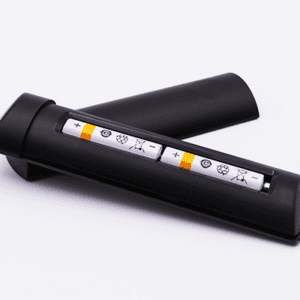 Figure 2 – Two connected cells forming a battery
Figure 2 – Two connected cells forming a battery
Key Differences Between a Lithium Cell and a Lithium Battery
| Feature | Lithium Cells | Lithium Batteries |
| Definition | Single electrochemical unit | Multiple cells connected together |
| Voltage | Typically: Button cells 3V AAA cells: 1.5VAA cells: 3.6-3.7V |
Depends on the number and configuration of cells |
| Size and form | Smaller, basic unit | Larger, often enclosed in a case |
| Typical usage | Used individually in simple devices | Powers more complex and high-demand devices |
| Cost | Usually low | May be high, depending on how many cells in the battery assembly |
Why the Distinction Matters
When transporting lithium batteries, or devices containing them, you need to know if they are what the U.S. “Hazardous Materials Regulations” call “large” or “small.” This has nothing to do with the physical dimensions of the cell or battery. Rather it’s related to the amount of energy contained by the article. These limits are different for cells and batteries, so it’s important to know which category your energy storage falls into.
There are some nice exceptions in the regulations for small batteries and cells. For ground shipment in the U.S., you can find them in 49 CFR section 173.185(c). These are similar for the limits found in Canada’s “Transportation of Dangerous Goods Regulations,” Special Provision 34 and the IATA Dangerous Goods Regulations, for Section IB Section II batteries.
| Type of Storage | Cell or Battery | Capacity limit for “small” devices |
| Lithium ion | Cell | 20 Wh |
| Lithium ion | Battery | 100 Wh |
| Lithium metal | Cell | 1 g lithium content |
| Lithium metal | Battery | 2 g lithium content |
Note that cells have a much lower capacity limit than batteries for these exceptions. If you have an electrical storage device with, for example, a Watt-Hour (Wh) rating of 50 Wh, it could qualify for the exception if it’s a battery, but not if it’s a cell.
If you can’t tell if a unit is a battery or a cell by looking at it, the easiest solution is to contact the manufacturer. They should be able to provide you with the specifications, including the energy capacity and if it’s a cell or battery. As a quick check, units with voltages exceeding 4 Volts are likely to be batteries, although there may be exceptions to this.
Small (excepted) lithium cells and batteries can usually be shipped without UN specification packaging. The main hazard communication requirement is the “Lithium battery mark” (or, as IATA calls it, the “Battery Mark”). This must be affixed to the package for all small batteries (with certain exceptions for batteries installed in equipment) but they don’t need other marks or labels. They also don’t need formal hazardous materials shipping papers, although air shipments will require a notation on the air waybill.
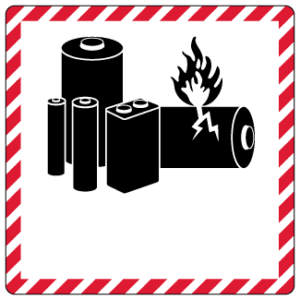 Figure 3 – Lithium battery mark
Figure 3 – Lithium battery mark
Conclusion
There’s a lot that goes into properly classifying lithium batteries. If you’re confused, take a look at our Lithium Battery FAQ, or contact our team of experts at 855.734.5469 or send us an email, we’re happy to help. We can help you figure out the safest, most cost-effective way to ship these common products.
Stay up to date and sign up for our newsletter!
We have all the products, services and training you need to ensure your staff is properly trained and informed.
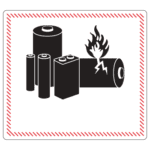 Lithium Battery Mark Lithium Battery Mark |
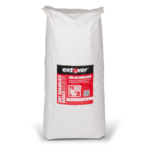 Extover Extover |
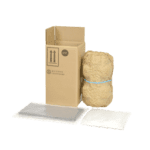 4GV Securepacc 4GV SecurepaccComplete Shipping Kit |
References:
Battery Guy, “What’s the difference between a cell, a battery and a battery bank?,” https://batteryguy.com/kb/knowledge-base/whats-the-difference-between-a-cell-a-battery-and-a-battery-bank/
BYJU’S, “Difference between Cell and Battery,” https://byjus.com/chemistry/difference-between-cell-and-battery/
IATA “Battery Guidance Document, Transport of Lithium Metal, Lithium Ion and Sodium Ion Batteries, Revised for the 2024 Regulations,” https://www.iata.org/contentassets/05e6d8742b0047259bf3a700bc9d42b9/lithium-battery-guidance-document.pdf
Transport Canada, “Transporting Batteries,” https://tc.canada.ca/en/dangerous-goods/transporting-batteries
U.S. Department of Transportation, Pipeline and Hazardous Materials Safety Administration (PHMSA), “Lithium Battery Guide for Shippers.” https://www.phmsa.dot.gov/sites/phmsa.dot.gov/files/2024-11/Lithium-Battery-Guide-2024.pdf

